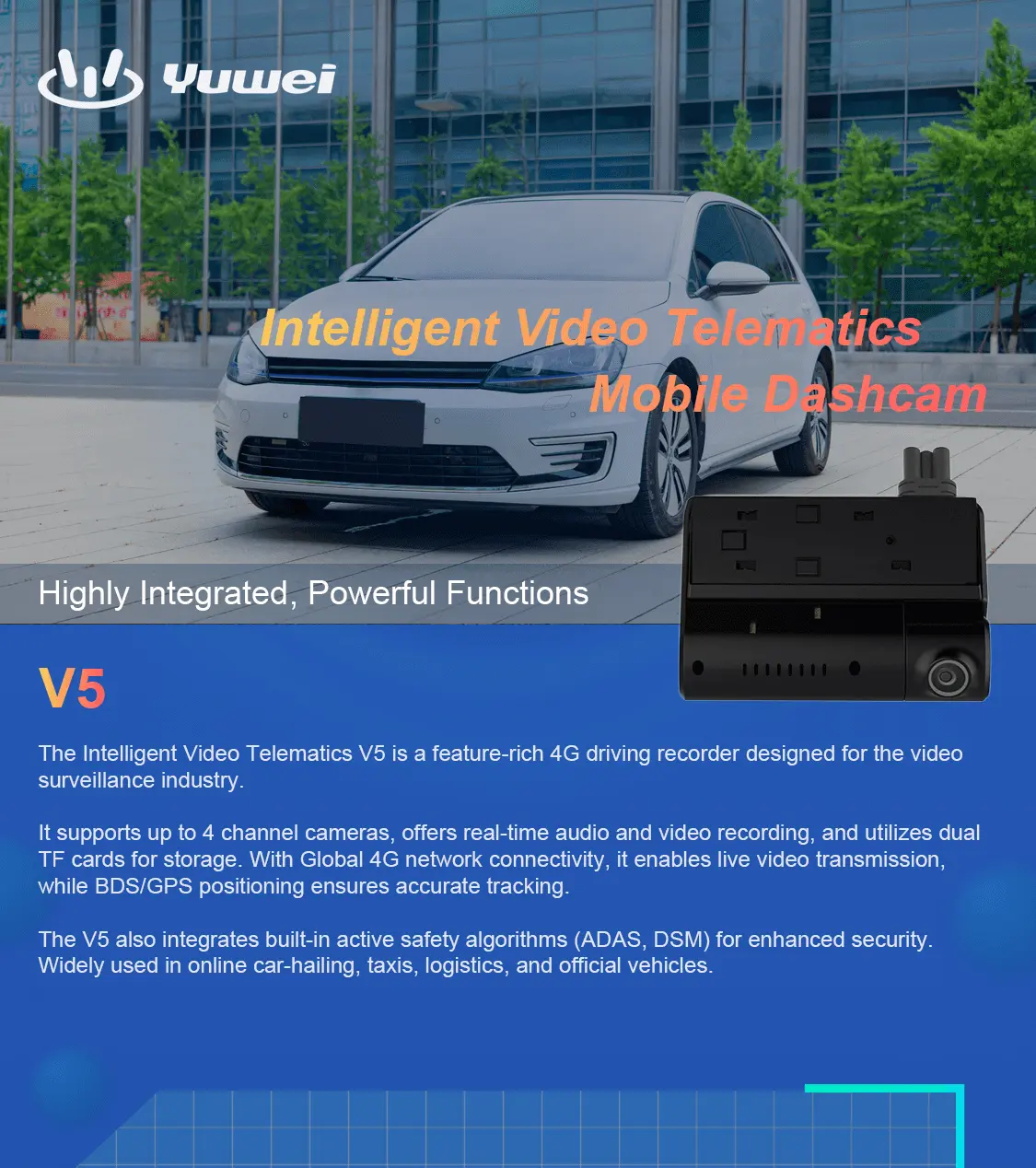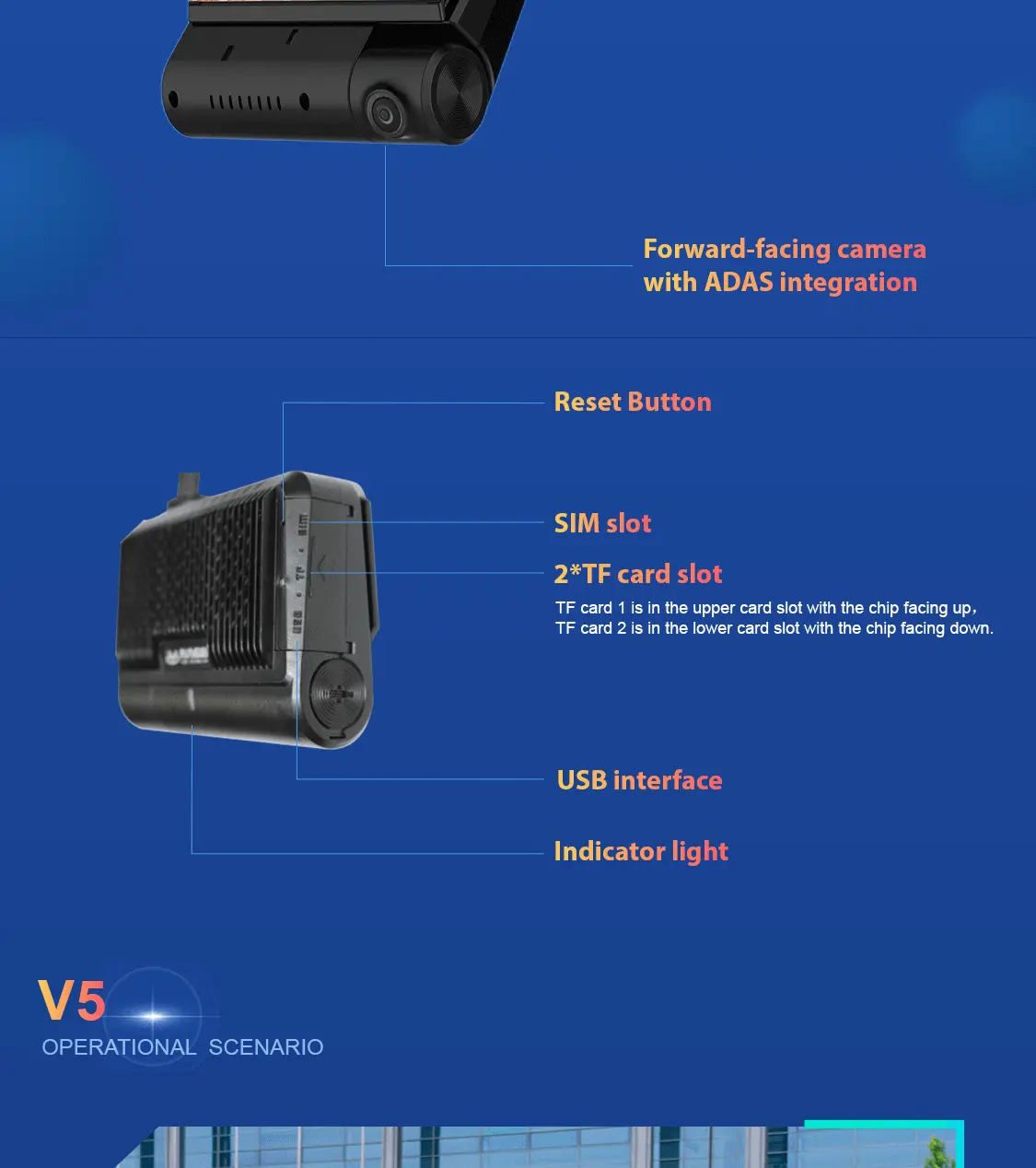Key Functions of an In-Vehicle Video Surveillance System
What Functions for In-Vehicle Video Surveillance
What features should a professional in-vehicle video surveillance system have?
In today's fiercely competitive market, it needs to have several key features
to ensure its effectiveness and reliability.

Below are the main features that a professional in-vehicle video surveillance system should have:
1. Support for High-Definition Video Recording: The system should be equipped with high-resolution cameras capable of providing clear, detailed video recording to effectively monitor the surrounding environment of the vehicle.
2. Multi-Channel Monitoring: Support for multiple-channel video input to simultaneously record and display video footage from various directions of the vehicle, enhancing comprehensive monitoring effectiveness.
3. GPS Positioning Function: Integration of advanced GPS positioning technology capable of real-time vehicle tracking, associating location information with video footage to provide intuitive display of vehicle driving trajectories.
4. Intelligent Alarm Function: The system should have intelligent recognition capabilities to automatically detect abnormal events such as collisions, speeding, etc., and promptly issue alarm notifications to strengthen perception and handling capabilities of potential risks.
5. Remote Monitoring and Playback: Support for remote real-time monitoring and video playback functions, allowing management personnel to view in-vehicle camera footage via the network at any time for timely handling of emergencies.
6. Large-Capacity Storage & Cloud Server Storage and Management: The system should have stable and reliable large-capacity storage devices or cloud storage, along with a comprehensive data management system, to ensure the security, integrity, and long-term preservation of video data.
7. Data Interoperability Interfaces: The system should have standardized data interfaces capable of interoperating with other vehicle devices (such as navigation systems, in-vehicle electronic devices) to enhance the integration and intelligence level of the entire vehicle system.
8. Environmental Adaptability: The system should have good protective design and stability, capable of operating normally under harsh weather and road conditions, ensuring the stability and reliability of the surveillance system.
A professional in-vehicle video surveillance system not only needs to have key features such as high-definition recording, multi-channel monitoring, GPS positioning, intelligent alarm, remote monitoring, large-capacity storage, data interoperability, and environmental adaptability, but also needs to have a system architecture that is easy to expand and upgrade to meet the increasingly growing security management needs and challenges of technological advancements.
We recommend YUWEI's V5 Dash Cam.






















































